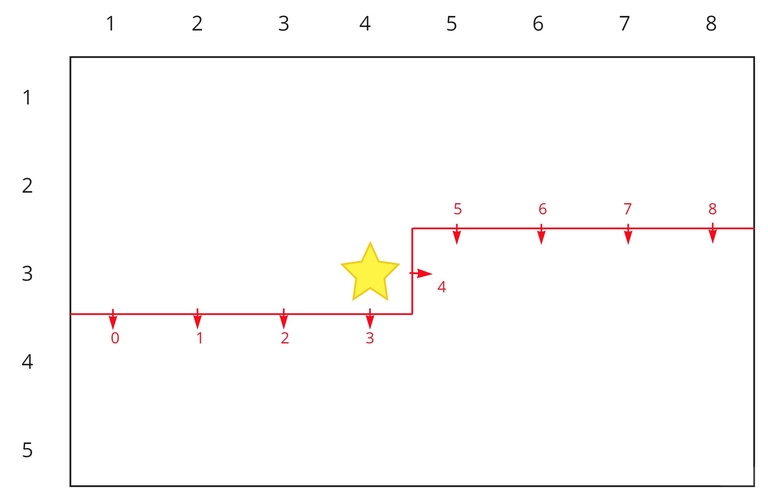Hello, Codeforces!
We are excited to announce that the first DMOJ Monthly Open Programming Competition (DMOPC) of the 2022 season has started today!
The contest takes place on Friday, September 30th, from midnight EDT, lasting 4 days until midnight EDT on Tuesday, October 4th. Within this 4 day window, you will have 3 hours to complete the contest. For more details on the contest format, please visit the contest page.
The DMOPC consists of 6 problems with a wide range of difficulties, and you can get partial marks for partial solutions in the form of subtasks. If you cannot solve a problem fully, we encourage you to go for these partial marks.
To get a feeling for the types of problems on the contest as well as the overall difficulty, you may wish to check out some problems from the previous season of contests.
We look forward to your participation, good luck!















